Stress is an inevitable part of life on Earth, but it doesn’t have to be our default mode. The neuropsychological consequences of chronic stress are well-documented, ranging from cognitive impairment to emotional instability. However, emerging technology-assisted approaches like Floatation REST (Restricted Environmental Stimulation Therapy) combined with heart-brain coherence practices are gaining attention for their potential to reset our stress response system and promote overall well-being.
Understanding the Neuropsychological Impact of Stress:
Before delving into the potential solutions, it’s essential to comprehend how stress affects our brain and overall mental health. Chronic stress triggers the release of cortisol, the primary stress hormone, which, over time, can lead to structural and functional changes in the brain. The hippocampus, crucial for memory and learning, can suffer from reduced volume, while the amygdala, responsible for processing emotions, may become hyperactive. These changes contribute to cognitive deficits, mood disorders, and an increased susceptibility to mental health issues.
Floatation Therapy: An Oasis of Relaxation for the Brain:
Floatation REST, or floatation therapy, involves immersing oneself in a sensory-deprived environment, typically a float tank filled with warm water and high-density Epsom salt. The buoyancy allows for effortless floating, creating a weightless experience that eliminates external stimuli. This sensory isolation induces a state of deep relaxation, triggering a cascade of physiological and psychological benefits.
Reduced Cortisol Levels: Floating has been shown to significantly decrease cortisol levels. The absence of external stimuli signals the brain to downregulate the production of stress hormones, allowing the body to enter a parasympathetic state, commonly known as the “rest and digest” mode.
Enhanced Neuroplasticity: The unique environment of a float tank promotes neuroplasticity—the brain’s ability to reorganize itself by forming new neural connections. This can counteract the negative effects of chronic stress by supporting the regeneration of brain cells and improving overall cognitive function.
Brainwave Activation: The sensory isolation during floating encourages the brain to enter the alpha and theta state, both associated with deep relaxation and heightened creativity. This altered state of consciousness facilitates a mental reset, allowing individuals to break free from the cycle of stress and anxiety.
Heart-Brain Coherence: Bridging the Mind-Body Connection:
In conjunction with Floatation REST, the practice of heart-brain coherence adds another layer of therapeutic potential. Heart-brain coherence involves synchronizing the rhythms of the heart with those of the brain, promoting a harmonious interaction between the two vital organs, allowing us to perceive deeper levels of connection to the unified field.
Biofeedback Training: Biofeedback devices can be used to monitor heart rate variability (HRV) and guide individuals in achieving coherence. By focusing on positive emotions and engaging in deep, rhythmic breathing, individuals can enhance their HRV, fostering a state of coherence that positively impacts the entire nervous system.
Emotional Regulation: Heart-brain coherence practices facilitate emotional regulation, helping individuals respond to stressors with greater resilience. This improved emotional intelligence can break the cycle of chronic stress and pave the way for long-term mental well-being.
In the pursuit of holistic approaches to stress management, the combination of floatation REST and heart-brain coherence emerges as a promising strategy for resetting our stress response system. By providing a sanctuary for the mind and facilitating a harmonious connection between the heart and brain, these practices offer a pathway to profound relaxation and neuropsychological healing. As we navigate the challenges of modern life, embracing innovative approaches to stress relief can empower individuals to unlock their full potential and lead healthier, more balanced lives.

